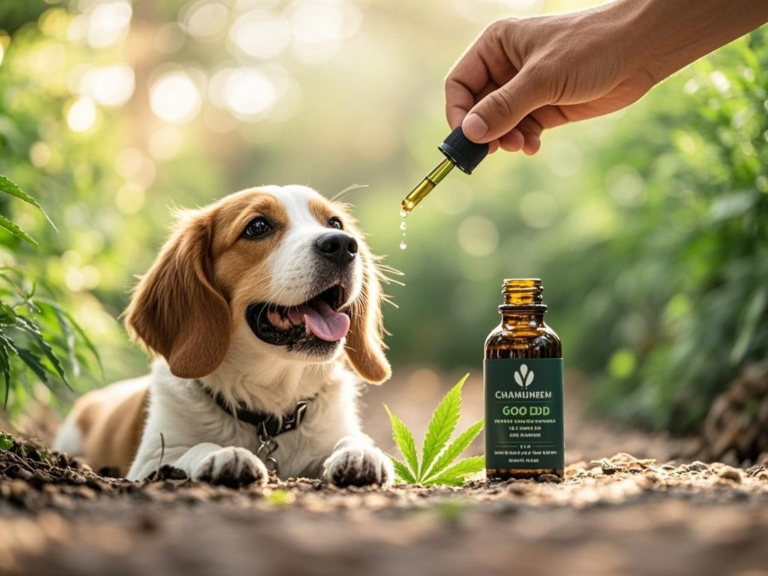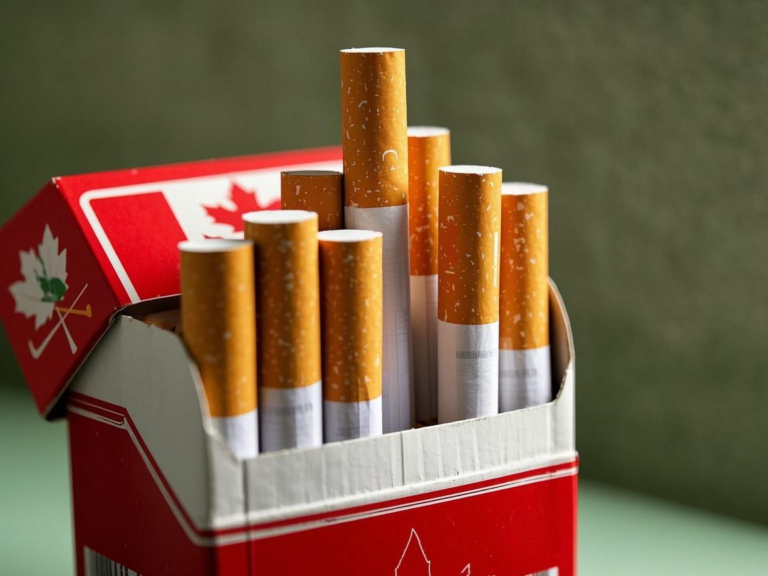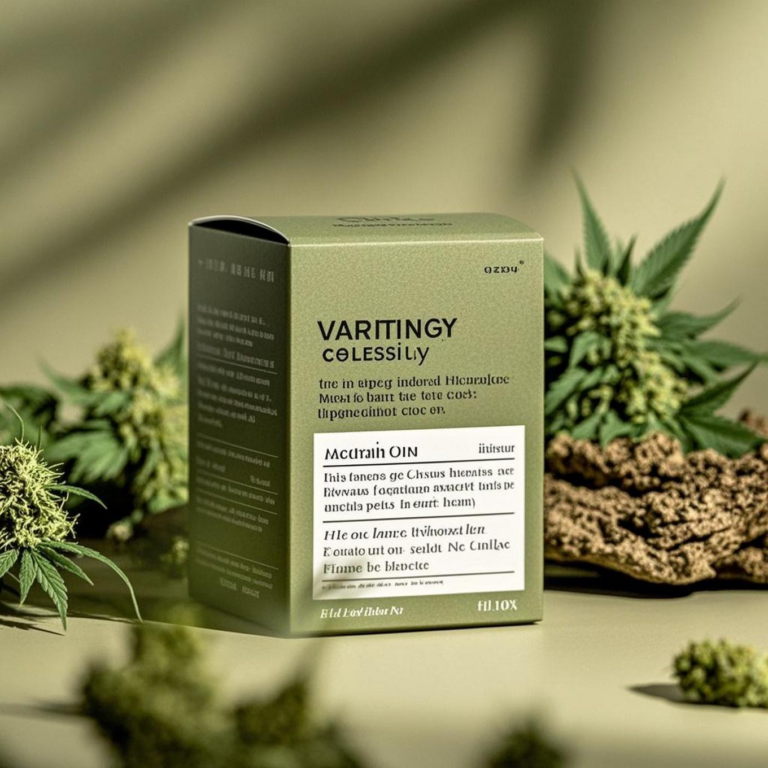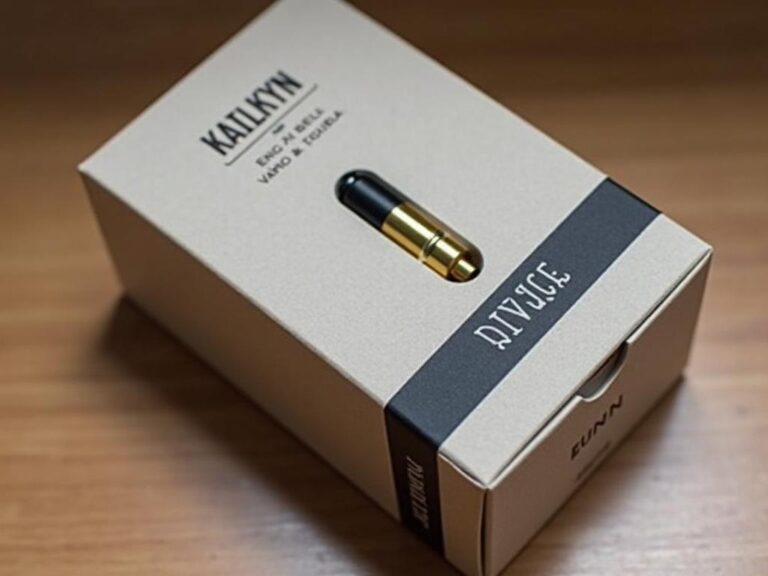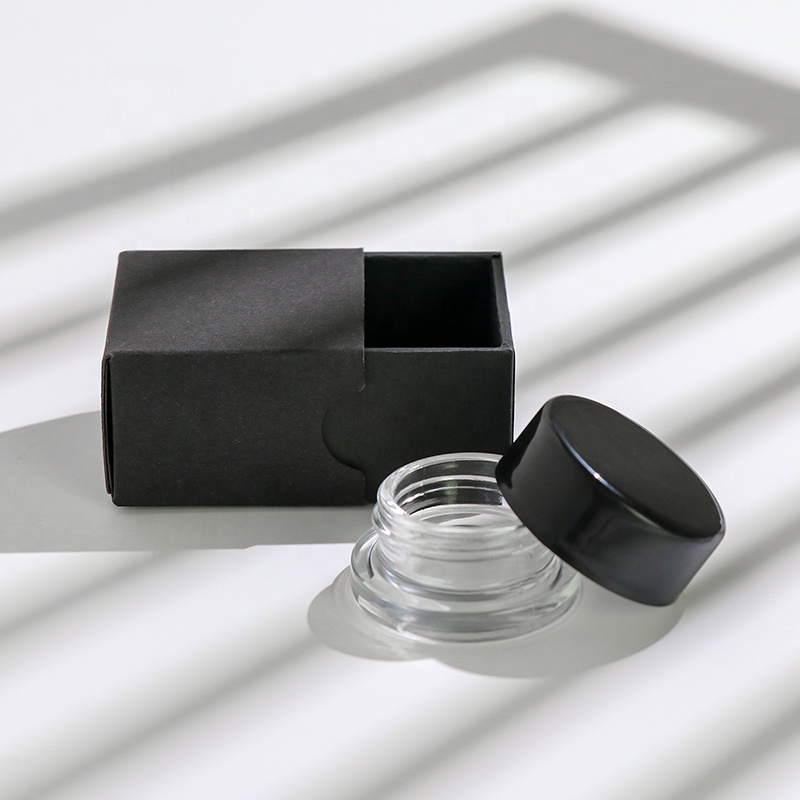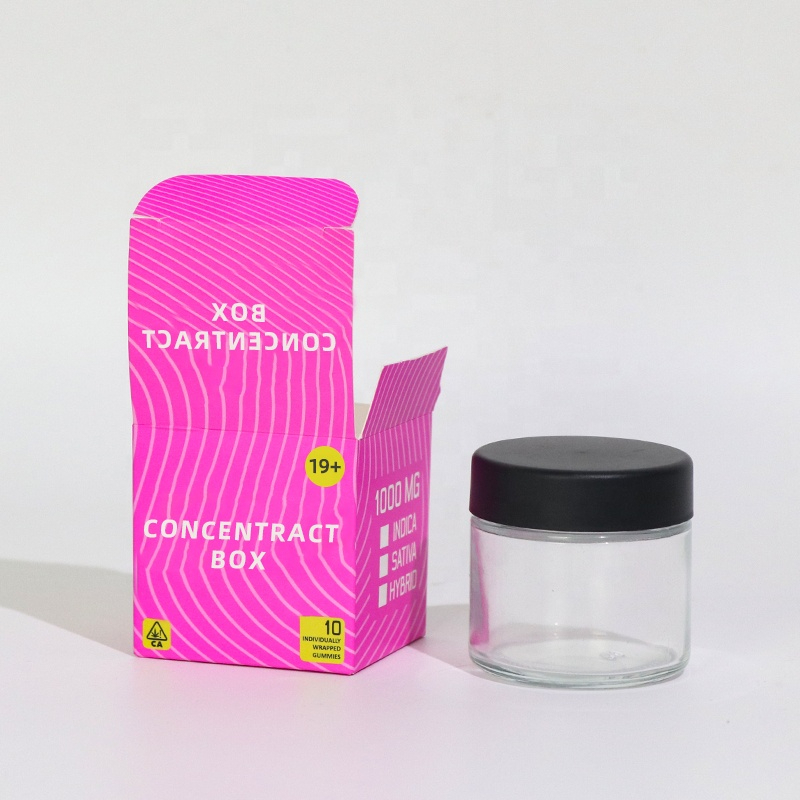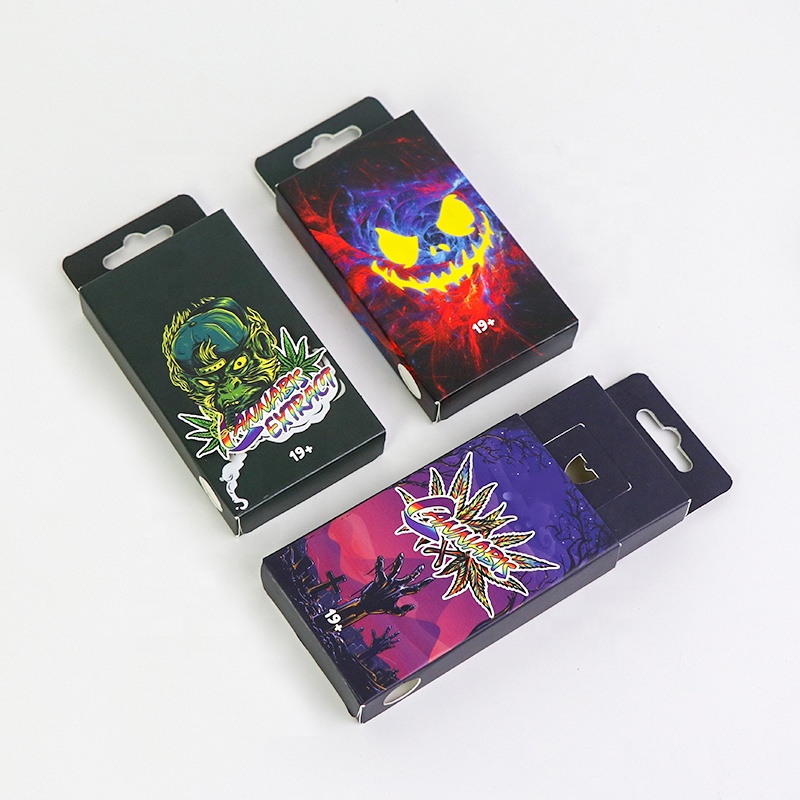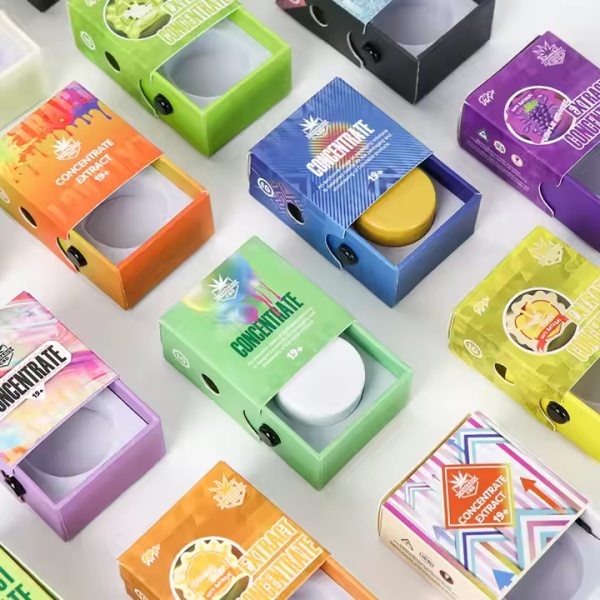-
Fuyong Town, Baoan District, Shenzhen
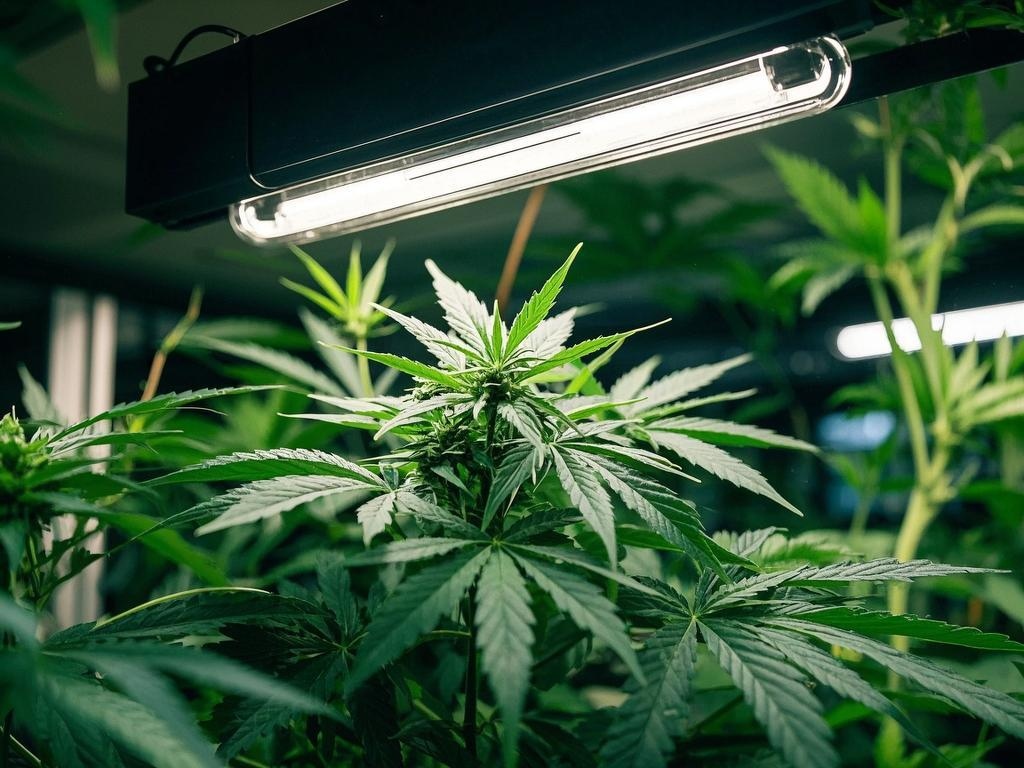
How many lights need cannabis to grow in box
How Many Grow Lights Do I Need for My Indoor Cannabis Cultivation?
This article is a comprehensive guide designed to help wholesalers, manufacturers, and distributors understand the critical role of lighting in cannabis cultivation, specifically focusing on determining the number of grow lights required for an indoor grow operation. We’ll delve into the specifics of grow light coverage, the types of lighting available, and how to calculate your precise needs to maximize yield and quality. Proper lighting is essential, and this guide aims to eliminate the guesswork, making it worth your time to read and apply these insights.
Table of Contents
1. Why is Proper Lighting Crucial for Indoor Cannabis?
Proper lighting is arguably the most critical factor for successful indoor cannabis cultivation. Just like any other plant, cannabis relies on light energy for photosynthesis, the process that converts light, water, and carbon dioxide into sugars that fuel growth. Without sufficient light intensity, cannabis plants will struggle to develop, resulting in low yields and poor-quality buds.
As a wholesaler, manufacturer, or distributor in the cannabis packaging industry, understanding this crucial aspect of cultivation can help you better serve your clients. By knowing the challenges growers face, you can tailor your products and services, such as offering specialized marijuana packaging designed to protect the quality of well-grown cannabis.
2. Understanding Light Spectrum and Its Impact on Cannabis Growth
The light spectrum emitted by your grow light plays a significant role in the health and development of your cannabis plant. Different wavelengths of light have different effects. For example, blue light is crucial during the vegetative stage, promoting leafy growth, while red light is essential for flower development.
A full-spectrum LED grow light is often recommended because it mimics the natural sunlight, providing the complete range of wavelengths that cannabis plants need throughout their life cycle. Understanding this helps you appreciate the importance of offering packaging solutions, like our Concentrate Packaging, that preserve the potency and quality achieved through precise lighting control.
3. What Are the Different Types of Grow Lights Available?
There are several types of grow lights available, each with its pros and cons:
- LED Grow Lights: These are becoming increasingly popular due to their energy efficiency, long lifespan, and ability to produce a full spectrum of light. They generally produce less heat than other options.
- High-Pressure Sodium (HPS) Grow Lights: Traditionally favored for their high light output, especially in the red spectrum, ideal for flowering. However, they consume more energy and generate significant heat.
- Metal Halide (MH) Grow Lights: Best suited for the vegetative stage due to their blue light output. They are less efficient than LEDs and have a shorter lifespan.
- Fluorescent Grow Lights: Including CFLs and T5s, are options suitable for seedlings and clones, plants needing less light.
Understanding the different technologies allows for precise tailoring of the lighting to the plants’ needs and can influence the choice of the most protective storage solution for the result.
4. How to Calculate Grow Light Coverage for Your Indoor Garden?
Calculating grow light coverage is crucial to ensure that every cannabis plant receives sufficient light. This depends on several factors including, the size of your grow space, and the light intensity of your chosen fixtures.
A simple way to start is by using a grow light calculator (many are available online). However, generally:
- Determine the square footage of your grow area.
- Consider the recommended watts per square foot for the type of grow light you are using (see section 5).
- Divide the total wattage of your light by the recommended wattage per square foot to estimate the coverage area.
For example, one of our clients, a large-scale distributor, used this method to design a grow room and afterwards needed a large quantity of Pre roll Packaging. By providing them with customized pre-roll boxes, we ensured their meticulously grown product reached consumers in perfect condition.
5. Watts Per Square Foot: A Practical Guide for Cannabis Growers
The concept of watts per square foot is a common guideline used by growers to determine the amount of light needed. While not a perfect measure (as it doesn’t account for light spectrum or efficiency), it provides a useful starting point.
Here’s a general guideline:
- Seedlings/Clones: 15-30 watts per square foot.
- Vegetative Stage: 30-50 watts per square foot.
- Flowering Stage: 50-80+ watts per square foot.
Remember that these are just guidelines. Factors like the specific light source (LED, HPS, etc.) and the strain of cannabis can influence the optimal watt requirement.
6. How Does the Growth Stage (Vegetative vs. Flower) Affect Lighting Needs?
The cannabis plant has different lighting needs during its two main growth phases:
- Vegetative Stage: During this phase, the plant focuses on growing leaves and stems. It typically requires around 18 hours of light and 6 hours of darkness per day (often referred to as an 18/6 light cycle). A higher proportion of blue light is beneficial during this stage.
- Flower Stage: To initiate flowering, the light cycle is typically switched to 12 hours of light and 12 hours of darkness (12/12). Flowering cannabis plants benefit from a higher proportion of red light.
Adjusting your lighting schedule and spectrum is crucial for maximizing yield and potency.
7. Is LED Grow Light the Best Choice for Indoor Cannabis?
LED grow light technology has advanced significantly in recent years, making it a compelling choice for indoor cannabis cultivation. Here’s why:
- Energy Efficiency: LEDs use significantly less electricity than HPS or MH lights, reducing operating costs.
- Full Spectrum: Many LED light fixtures offer a full spectrum of light, mimicking natural sunlight and catering to all stages of plant growth.
- Less Heat: LEDs generate less heat, reducing the need for extensive cooling systems.
- Long Lifespan: LEDs have a much longer lifespan than traditional bulbs, reducing replacement costs.
While the initial investment in LED grow light systems may be higher, the long-term benefits often outweigh the costs. This translates to higher quality cannabis and a need for quality preservation, like that offered by our Tincture Packaging.
8. How Many Plants Can I Grow Under One Grow Light?
The number of many plants you can grow under one grow light depends primarily on the light’s coverage area and the size of the plants. As a general rule, allow enough space for each plant to receive adequate light intensity without overcrowding.
It’s better to provide ample light to fewer plants than to try to squeeze too many plants under a single, inadequate light. Overcrowding leads to reduced light penetration, poor air circulation, and increased risk of pests and diseases. For example, a standard 4×4 foot grow tent might comfortably house 4-6 medium-sized plants under a 600W LED grow light.
9. Tips for Optimizing Light Distribution in Your Grow Room
Effective light distribution is critical for ensuring that all parts of your cannabis plant receive the amount of light they need. Here are some tips:
- Use Reflective Materials: Line the walls of your grow room or grow tent with reflective material (e.g., Mylar) to bounce light back onto the plants.
- Maintain Proper Distance: Hang your grow light at the correct distance from the canopy of the plants. Too close, and you risk burning the leaves; too far, and the light intensity will be insufficient.
- Use Light Movers (Optional): For larger grow operations, light movers can help distribute light more evenly across the entire canopy.
- Prune and Train Plants: Regularly pruning and training your plants will help ensure that light reaches all parts of the plant. Lollipopping is a popular technique.
Optimal light distribution leads to consistent quality across your crop, emphasizing the need for consistent packaging solutions, like our custom Vape Packaging.
10. Common Mistakes to Avoid When Setting Up Your Indoor Grow Lights
- Insufficient light intensity: Using a light that is too weak for the size of your grow area.
- Incorrect light spectrum: Using the wrong type of light for the plant’s growth stage.
- Improper hanging distance: Placing the light too close or too far from the plants.
- Poor light distribution: Uneven light coverage across the canopy.
- Ignoring heat output: Not adequately managing the heat generated by the lights.
- Lack of ventilation and air circulation: Insufficient air movement around the plants is also crucial for gas exchange.
- Neglecting regular maintenance: Failing to clean and maintain the lights and reflective surfaces.
Avoiding these mistakes will help ensure a healthy and productive grow cannabis operation.
FAQs
What is the best type of light for growing cannabis indoors?
The best type of light depends on your budget, grow space, and specific needs. LED grow lights are generally considered the best overall option due to their efficiency, full spectrum output, and long lifespan. However, HPS lights remain a viable option for flowering, especially for growers on a budget.
How much light do cannabis plants need during flowering?
Cannabis plants typically need around 50-80+ watts of LED light per square foot during the flowering stage. They also require a 12/12 light cycle (12 hours of light, 12 hours of darkness).
Can I use regular LED bulbs to grow cannabis?
While regular LED bulbs can provide some light, they are not designed for optimal plant growth. Grow-specific LED lights are engineered to emit the specific wavelengths of light that plants need for photosynthesis. Regular LED are useful for supplemental lighting.
How do I know if my plants are getting too much light?
Signs of plants getting too much light (light stress) include leaf burn (yellowing or browning at the tips and edges), leaf curling, and bleaching.
How many hours of darkness does cannabis need during flower?
When grow cannabis, plants need 12 hours of uninterrupted darkness during the flowering stage to trigger and maintain bud production. Light is essential during its “day”, and dark is also critical during its “night”.
How can packaging influence the final product of a cannabis grow?
Proper packaging, such as our child-resistant packaging, protects the meticulously cultivated cannabis from light, air, and moisture, preserving its potency, flavor, and aroma. This ensures the final product, grown under optimal lighting conditions, reaches the consumer in the best possible condition.
Key Takeaways:
- Proper lighting is absolutely crucial for successful indoor cannabis cultivation.
- LED grow light technology is generally the most efficient and effective option.
- Calculate your lighting needs based on watts per square foot and the plant’s growth stage.
- Optimize light distribution using reflective materials and proper hanging distance.
- Avoid common mistakes like insufficient light intensity or incorrect light spectrum.
- The growth stages, vegetative and flower, require very different kinds of light.
- The size of the grow room determines the number and type of grow lights.
- Packaging is crucial for retaining the quality that proper lighting provides to cannabis.
By understanding and implementing these principles, wholesalers, manufacturers, and distributors can not only improve their own understanding of the cannabis industry but also better serve their clients by providing them with the packaging solutions they need to preserve their high-quality, well-lit crops. Contact us today to explore our range of packaging options designed to meet the unique needs of cannabis growers.
